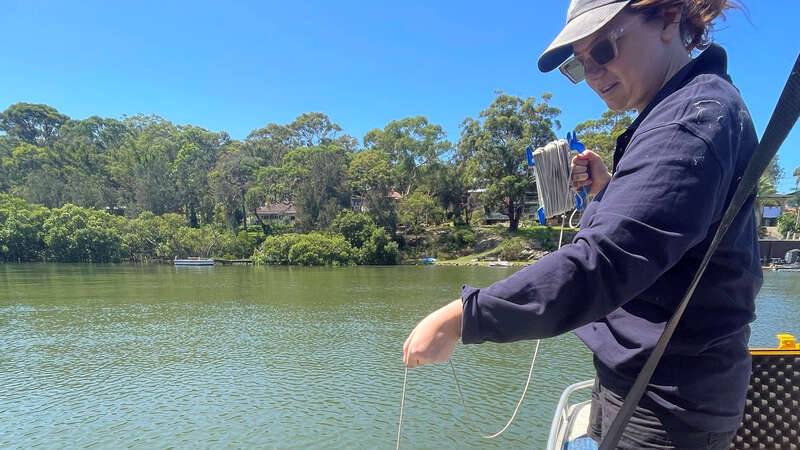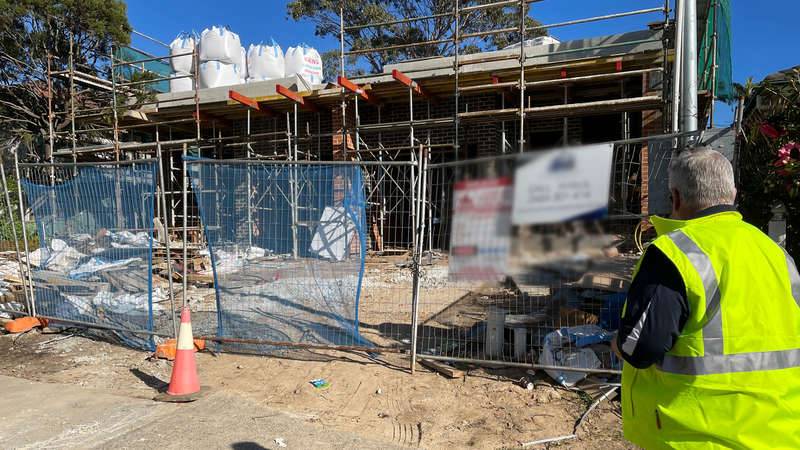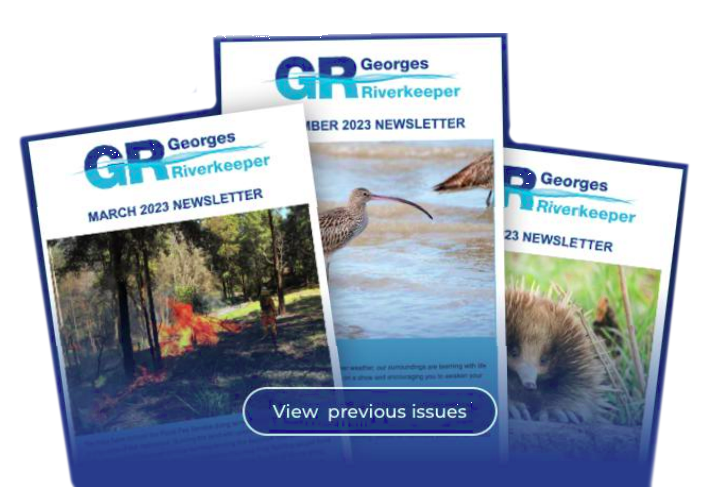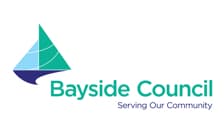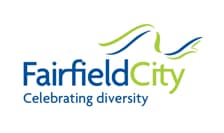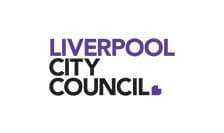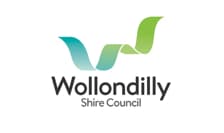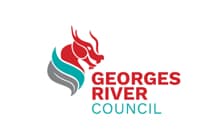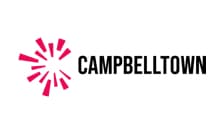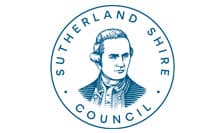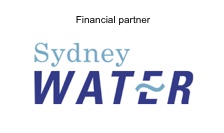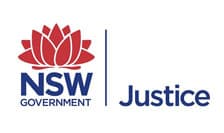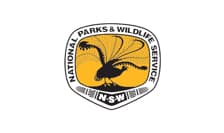Project update: Zero Litter in Georges River
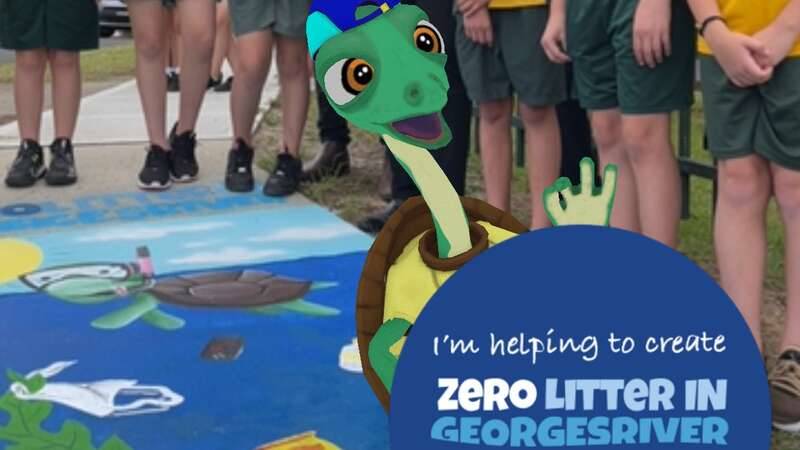
A group of six primary schools in Como, Minto, Wattle Grove, Bossley Park, Connells Point and Georges Hall are taking part in the Zero Litter in Georges River program which provides environmental education, aligned to the NSW curriculum, about stormwater pollution, and encourages students to look for solutions to reduce litter flowing to the Georges River.
As part of the project, students create designs for artworks which are being painted by a professional artist Corey Nichols, aka, BornReadyArt, on local footpaths near storm drains, and the students star in the campaign videos, helping to teach their community.
Georges Riverkeeper Program Manager Scott Reyes said, “Most of the pollution in the Georges River flows there through a network of connected stormwater pits and pipes, so we need to stop waste, litter and pollution from ending up in the local street and carpark gutters.”
The street art developed for the campaign features the innovative use of Augmented Reality technology which allows passersby to scan a QR code to interact with a virtual long-neck turtle called ‘Zero’, one of the native animals found in the river that is threatened by pollution.
‘Zero Litter in Georges River’ lessons were developed in collaboration with Georges River Environment Education Centre are available for any school to access for free via a google site.
The finished artworks can be seen at the Como Pleasure Grounds, Wattle Grove Lake, Harris Creek Reserve in Holsworthy, Sarah Redfern Park in Minto, Orphan School Creek in Edensor Park, Bonnyrigg Town Centre Park, and outside the participating schools in Como, Minto, Wattle Grove and Bossley Park.
More will follow near Connells Point and Georges Hall in coming months as the schools complete the education program with the support of local Councils.
The Zero Litter in Georges River schools and community education campaign is just one part of a larger Georges Riverkeeper’s project that aims to improve the health of the Georges River by reducing the amount of litter in stormwater.
Within the larger project, numerous milestones have been completed or are underway, in partnership with participating Georges Riverkeeper’s Member Councils and with thanks to funding from the Australian Government.
Milestone One was the completion of ‘Priority Projects’ instigated with an injection of $296,000 in grant funds to four Councils (Campbelltown City, City of Canterbury-Bankstown, Fairfield City, and Georges River), with additional funding provided by Councils, to upgrade crucial stormwater management infrastructure and improve the performance of, or replace, problematic Gross Pollutant Traps (GPTs) at the following critical sites.
Kooringa Reserve, Raby: Campbelltown City Council designed and installed a GPT within Kooringa Reserve, Raby. The GPT consisted of an instream grate and offline basket to collect gross pollutant waste from a concrete channel that services a large suburb-wide catchment. The basket will store gross pollutants for Council collection preventing waste from entering a natural wetland downstream prior to discharging into the Bow Bowing Canal and into the Georges River.
Kookaburra Park, Canley Vale: Fairfield City Council undertook a Dual Vane Baramy trap upgrade. This involved clearing trees and sediment build up adjacent to the Baramy Trap, modification of the main access gate by lifting the gate and providing a lock, repair of locking bar for flow dissipating gate, removal of mesh screens, and installation of vertical galvanised veins. The construction of layback and heavy-duty vehicle access pad and kerb adjacent to the GPT for safe vacuum truck parking was also completed. In addition, a nearby flush grated pit that would be impacted by the proposed vehicle access way was changed to a letterbox grated pit for increased drainage.
Virginius Reserve, Padstow: GPT rectifications were undertaken by City of Canterbury Bankstown which included installing a new GPT, cleaning the drainage conduit into Little Salt Pan Creek and installation of a boom to capture floatable litter. Despite some setbacks due to the need for asbestos removal onsite, the new GPT is online and is cleaning the subcatchment.
Depot Road, Mortdale: Georges River Council designed and installed a GPT within Depot Creek Reserve, Mortdale to mitigate waste from entering Lime Kiln Bay. Bank stabilisation works were also completed to reduce waterway sedimentation and improve site hydrology.
Milestone Two was the completion of Liverpool City Council’s GPT audit of over 72 devices, to gain more information about their GPTs so they can operate better and be maintained more appropriately.
Sutherland Shire Council is also leading an additional research component of this project by looking at the performance of existing GPTs, the feasibility of installing new GPTs, and developing a best-practice step-by-step process for Councils to use to help improve their project planning, investigation, design, construction phases, and the on-going maintenance of their Gross Pollutant Traps, while simultaneously reducing pollutant loads and litter flowing into the Georges River and its creeks and waterways.
Milestone 3 is the schools and community education that’s currently underway.
Schools and Councils involved in the project are Como Public School, Sarah Redfern Public School, Wattle Grove Public School, Bossley Park Public School, Connells Point Public School, St Mary's Catholic Primary School Georges Hall, Sutherland Shire Council, Campbelltown City Council, Liverpool City Council, Fairfield City, Georges River Council, and City of Canterbury Bankstown.
To find out more about the project and lessons go to zerolitter.georgesriver.org.au
This project received funding from the Australian Government.

